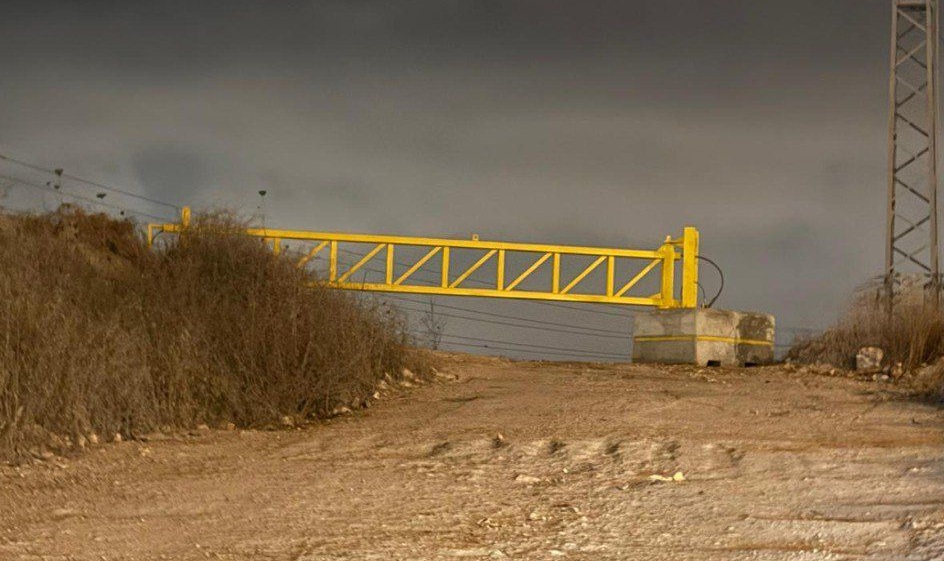RAMALLAH, December 29, 2009 (WAFA)- The Palestinian Central Bureau of Statistics (PCBS) said Tuesday that 10.9 million Palestinians in the world by the end of 2009, more than half in Diaspora and about 36.7% in the West Bank and Gaza Strip.
By the end of 2009, PCBS said in a press release, about 4.0 million Palestinians were in the Palestinian Territory, of which 2.5 million were in the West Bank and 1.5 million in Gaza Strip.
PCBS indicated that it issued this press release on the Palestinians in the world and their main demographic indicators, as part of efforts and plans, as well as its mandate to provide policy makers, politicians, development planners, and academics with the most reliable statistics on the Palestinians all over the world.
The estimated figure for Palestinians all over World by the end of 2009 is 10.88 million distributed as follows: 3.99 million in the Palestinian Territory (36.7%); 1.25 million (11.5%) live in Israel; 3.24 million live in Jordan (29.8%); 1.78 million (16.3%) in the other Arab countries, and Palestinians living in foreign countries is estimated to be 618 thousand (5.7%).
The population of the Palestinian Territory is estimated to be about 4.0 million at the end of 2009 (62.1%) in the West Bank and (37.9%) in Gaza Strip; Jerusalem Governorate constitutes 9.5%. of the population in the Palestinian Territory. According to data available in 2009 the percentage of the refugee population in the Palestinian Territory is 45.0% of the total Palestinian population living in the Palestinian Territory,18.8% in the West Bank and 26.2% in Gaza Strip; the refugee population is distributed by the region at 30.2% in the West Bank and 69.2% in Gaza Strip.
The total fertility rate in the Palestinian Territory in 2007 was 4.6 births; compared with 6.0 births for 1997, with 4.1 births in the West Bank and 5.3 births in Gaza Strip, although there was a decrease of fertility rate, population natural increase rate is still high, estimated to be 2.9% in the Palestinian Territory in 2009.
Data indicated that there is a fall in the average family size in the Palestinian Territory, where the average family size is 5.8 persons in 2007, compared with 6.4 persons in 1997. On the other hand, the average family size in the West Bank was 5.5 persons in 2007 compared with 6.1 per family in 1997, while in Gaza Strip, the average family size was 6.5 persons in 2007 compared with 6.9 in 1997.
The crude birth rate in the Palestinian Territory dropped from 42.7 births per 1000 population in 1997 to 32.7 in 2009. However, there are regional discrepancies: the crude birth rate in the West Bank decreased from 41.2 births per 1000 population in 1997 to 30.1 in 2009, whereas in Gaza Strip, it dropped from 45.4 in 1997 to 36.9 in 2009.
The crude death rate in the Palestinian Territory declined from 4.9 deaths per 1000 population in 1997 to 4.3 in 2009. There was a slight difference between the West Bank and Gaza Strip: in the West Bank, the crude death rate dropped from 5.1 in 1997 to 4.4 in 2009, and dropped from 4.7 to 4.1 in Gaza Strip for the same period.
The results of the survey on the Impact of the Wall of Annexation and Expansion on the social and economic realities for Palestinian localities the Wall of Annexation and Expansion passes through in 2008 showed that since the construction of the wall until the end of June 2008, 3,880 entire households were displaced from their localities compared with 2,448 households were displaced since the construction of the wall until the end of May 2005. 27,841 individuals were displaced from localities where the Wall of Annexation and Expansion passes through until the end of June 2008, compared with 14,364 displaced individuals since the construction of the wall until the end of May 2005.
According to 2007 data about Palestinians living in Jordan, 35.9% of the Palestinian population in Jordan are under 15 years. The average household size of the Palestinian population living in Jordan is 5.1 persons. The total fertility rate of Palestinian population living in Jordan was 3.3 births per woman.
According to 2007 data about Palestinians living in Syria, 33.1% of the Palestinian population is under 15 years. The average household size of the Palestinian population in Syria was 4.9 persons. The total fertility rate of the Palestinian population in Syria in 2007 was 3.64 births per woman and the crude birth rate was 29.3 births per 1000 population.
The data of 2007 about Palestinians living in Lebanon showed that 32.9% of them were under 15 years, and the sex ratio was 98.4 males per 100 females. The total fertility rate of the Palestinian population in Lebanon was 3.0 births per woman.
The estimated figure of Palestinians in Israel by the end of 2009 is 1.25 million persons. According to 2007 data about Palestinians living in Israel, 40.6% of the Palestinian population were under 15 years and 3.2% of them were 65 years and over. The average household size was 5.0 persons. The total fertility rate of the Palestinian population in Israel in 2007 was 3.62 births per woman. The crude birth rate in 2007 was about 27.3 births per 1000 population, and the infant mortality rate for the same year was 7.2 per thousand live births; note that the sex ratio for 2007 was 103.6 males per one hundred females. The illiteracy rate for persons 15 years and over was 6.1% and 26.2% of the Palestinian households live in housing units with a density of two persons and more.











